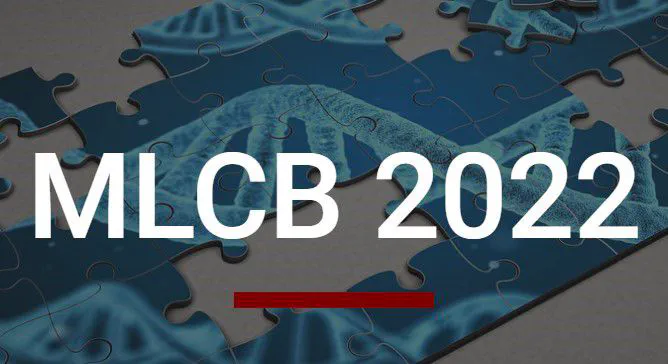Discovering Spatial Differential Expression with Graph Convolutional Networks
Nov 22, 2022· ·
0 min read
·
0 min read
Roman Kouznetsov
 Image credit:
Image credit:Abstract
Single-cell spatial transcriptomics measures gene expression for individual cells and pairs these measurements with the positions of cells within a tissue sample. With spatial transcriptomic data, how neighboring cells interact can be investigated by posing a pair of prediction problems. The first problem is to predict a gene’s expression in each cell using the attributes of the cell. The second problem is to predict the same responses using the attributes of the cell and its neighbors. Genes may then be ranked according to difference in predictive performance - genes for which the predictions from the second problem are more accurate than the first may carry important spatial correlates. Highly ranked genes may warrant further investigation through follow-up experiments. Mixture of Experts for Spatial Signaling genes Identification (MESSI) is one method that adopts this general approach. However, MESSI is limited to using fixed-dimensional encoding of the attributes of neighboring cells as predictors. MESSI encodes neighboring information as the sum of gene expressions over all neighboring cells, with neighborhood structure determined by Delaunay triangulation. These encodings ignore the number of neighbors and the interactions among them. We propose instead to encode neighboring information as a graph, thus avoiding the limitations of fixed-dimensional encodings.
Date
Nov 22, 2022
Event
Location
Hugo Blox Builder HQ
450 Serra Mall, Stanford, CA 94305